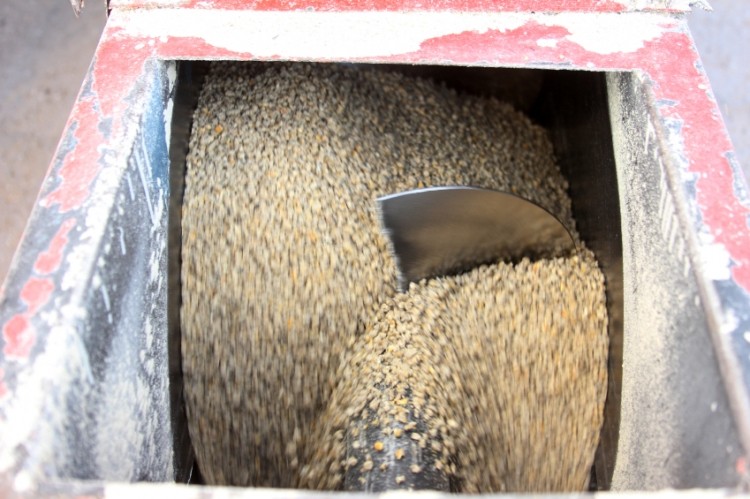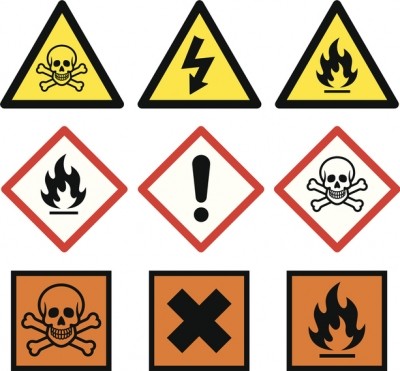Feed contamination lawsuits may hinge on sampling, science experts

The lawsuit, brought against Archer Daniels Midland (ADM) in July, alleges that the company produced horse feed contaminated with a cattle feed ingredient, according to court documents.
However, there are several questions that have to be considered in feed contamination proceedings, said Nebraska-based attorney Daniel Lindstrom. These include assessing potential damages and what elements could have caused, or been involved in the problem.
“Our concern, always, is that we use good science and see what other vectors [there] might be,” he told FeedNavigator. “Those can be as important, to more important, than the composition of the feed.”
Lawsuit claims
The lawsuit faulted ADM for manufacturing horse feed in a facility also used to generate cattle feed that included an ingredient, monensin, poisonous to horses, according to court documents.
The horse owners who brought the lawsuit claimed their horses were injured or died as a result of eating feed containing monensin.
The plaintiffs are seeking a refund of the cost of feed and compensation for the alleged damage done, according to the lawsuit.
They also are asking for ADM to notify past purchasers of feed about the potential for harm from feed tainted with monensin and, in the future, to alter their manufacturing process or disclose that horse and cattle feed are produced at the same facility.
ADM has asked the court to dismiss the case and has challenged the ability of the plaintiffs to form a class action, according to court documents.
The facility was cleared in an investigation by the US Food and Drug Administration (FDA) and federal regulation regarding best practices for feed mills that produce feed for several species take precedent, according the company’s response.
Expert-heavy examination
Feed contamination cases tend to be very expert-heavy, said Lindstrom, due to all the data that has to be reviewed, and they can sometimes involve expensive animals.
“Initially you look for veterinary reports and opinions, likely there were a set of treating veterinarians or a treating veterinarian, and the question is if that is a reasonable opinion or not,” he said. “They may have made a bad assumption – from a defense perspective that would be what we [would] look for.”
“Veterinary expert testimony is very important,” said Lindstrom. “Then you involve people doing chemical testing of the feedstuff and any samples of the feed that you would review, and then you do the same with other items in the animals’ environment. If they get a feed supplement, and grain, and hay and water you’d want an analysis of all those things as well.”
However, one challenge in these cases can be having those samples to test and knowing that they were accurately labeled, as many producers don’t have legal training, he said. “If I had problems with feed stuffs and I had expensive animals dying, or ailing, I would want a chain of custody,” he added.
Case resolution and process
Based on past feed-related cases, there are several potential pathways for the case involving ADM to go, said Lindstrom. “About 95% of suits settle – but sometimes there is no choice but to go try the case,” he added.
“Every case stands or falls on its own mettle,” he said.
Currently the case is awaiting an initial ruling from the court and the discovery process has been paused until that occurs, according to court documents.
If the case is dismissed by the judge, there is a possibility that those bringing the suit could appeal that decision, said Lindstrom. If it is not dismissed, then the discovery process might start.
The value of the case also may play a role in how decisions are made, he said. In previous cases, the value of the animals and strength of the different sides could influence a decision to settle.
“That’s not maybe the case here,” he said.
However, there are other options as well, said Lindstrom. An alternative dispute resolution process, like involving a mediator, can be used.












